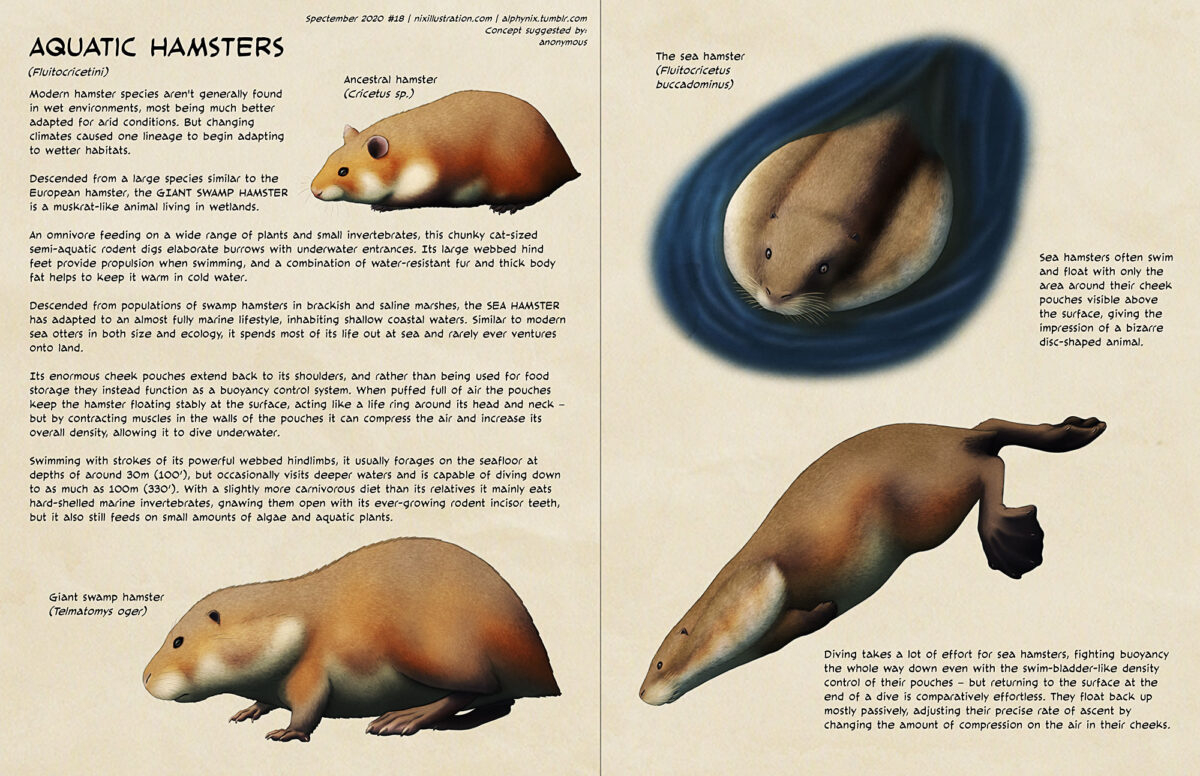Adaptations of Various Hamster Types
Hamsters are fascinating creatures known for their playful behavior and bushy cheeks. Understanding the different **hamster types** and their adaptations is essential to appreciate these cute pets better. In this article, we will explore the adaptations of various hamster species, highlighting their unique traits, habitats, and behaviors. From the desert-dwelling **Syrian hamster** to the lively **Dwarf hamster**, each type showcases remarkable adaptations that allow them to thrive in their environments.
Physical Adaptations of Hamsters
Hamsters exhibit a variety of physical adaptations that help them survive in their natural habitats. These adaptations primarily include specialized features such as their fur, paws, and body shapes. Such traits not only provide individual hamsters with protective capabilities but also enable them to navigate their surroundings effectively.
Fur Adaptations
One of the most visible adaptations in hamsters is their **fur**, which varies across species. For instance, the Syrian hamster has thick, soft fur that helps insulate them from colder temperatures. This attraction for a plush fur coat is particularly advantageous as these hamsters are often found in regions with fluctuating temperatures. The fur coloration can also serve as a **camouflage**, helping them blend into their surroundings and evade natural predators.

Paw and Limb Adaptations
Hamsters possess strong, short limbs with specialized paws that are adept at digging. This adaptation is crucial for their survival, as many species, such as the **Roborovski dwarf hamster**, live in environments where burrowing is essential for finding shelter and food. The claws on their paws allow them to effortlessly dig into the earth, creating complex tunnel systems that provide safety from predators.
Size and Body Shape
The size and body shape of hamsters can vary significantly between types. The **Chinese hamster**, for instance, has a longer, slimmer body compared to the broader, rounder Syrian hamster. This elongated body shape is an adaptation to their need for agility in tight burrows, allowing them to move more freely as they navigate intricate nest sites.
Behavioral Adaptations of Hamsters
In addition to physical adaptations, hamsters also exhibit various behavioral traits that enhance their survival and happiness in captivity. These behaviors aid in social interactions, foraging for food, and establishing territory within their habitats.
Sociability and Territory
Different hamster species display varying levels of sociability. For instance, **Dwarf hamsters** tend to be more social and are often seen playing with one another. This sociable trait is adaptive, as living in groups can provide safety against predators. Conversely, Syrian hamsters are typically solitary, with specific territorial behaviors that prevent multiple males from cohabiting in one space, reducing competition for resources.
Foraging Behavior
Hamsters are naturally foragers, possessing heightened senses to gather food. Their ability to store food is another vital adaptation. For example, many hamsters build sizable food caches within their burrows by cheek-storing seeds, nuts, and grains. This adaptation ensures they have access to nutrition during harsher conditions when food is scarce, such as winter.

Nocturnal Habits
Most hamsters exhibit nocturnal behavior, making them active during the night. This adaptation reduces competition with diurnal predators and allows them to gather food after sundown. Understanding this behavioral adaptation can help pet owners better align their interactions with their pets by engaging with them during their active hours.
Environmental Adaptations of Hamsters
The natural habitat of different hamster species heavily influences their adaptability. Hamsters typically thrive in deserts, grasslands, and more complex environments which pose unique challenges that shape their instincts and lifestyle.
Desert Adaptations
Many hamsters, such as the **Golden hamster**, adapt to arid environments by being efficient resource gatherers. They can survive long periods without water by extracting moisture from their food. **Sandy burrows** provide shelter and protection from temperature extremes in desert areas, showcasing how hamsters have evolved to maximize their chances of survival in harsh habitats.
Grassland Habitats
In contrast, hamsters residing in grasslands, like the **European hamster**, dig intricate tunnel systems within the moist soil. The grass provides cover from predators, while underground tunnels maintain a stable environment that helps avoid extreme temperatures. The adaptation to specific grassland conditions also facilitates easier food access, as this environment often provides ample forage opportunities.

Conclusion: The Importance of Adaptation
Understanding the adaptations of various hamster types not only enhances our appreciation for these unique animals but also enriches our care practices for those kept as pets. Each hamster type showcases distinct physical, behavioral, and environmental adaptations, essential for their survival and comfort. By observing and respecting these traits, hamster owners can create a nurturing environment that reflects their pets’ natural habitats.
FAQ
1. What are some common types of hamsters?
There are several common hamster types, including the **Syrian hamster**, **Dwarf hamsters** (such as Campbell’s, Winter White, and Roborovski), and the **Chinese hamster**. Each type exhibits unique traits, preferences, and social behaviors.
2. How can I provide a suitable habitat for my hamster?
To create a suitable habitat for your hamster, choose a spacious cage with ample bedding for burrowing, secure food sources, and toys to entertain them. Ensure the location is free of extreme temperatures and contains resting spots that emulate natural dens.
3. Are all hamsters nocturnal?
Yes, most hamsters are nocturnal, which means they are active primarily at night. Understanding this behavior helps owners engage with their hamsters at the right times to foster bonding and socialization.
4. Why do hamsters stash food?
Hamsters stash food as a survival tactic to cope with food scarcity in their habitats. They instinctively gather and hoard nutrients within their burrows to ensure they have enough to eat during difficult times.
5. Can different hamster types live together?
Different hamster species are not recommended to live together due to their territorial nature. Notably, Syrian hamsters are solitary, while some Dwarf hamsters may cohabit peacefully, provided they are introduced at a young age and have enough space.
